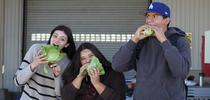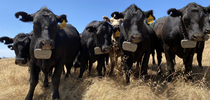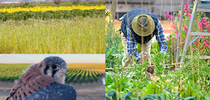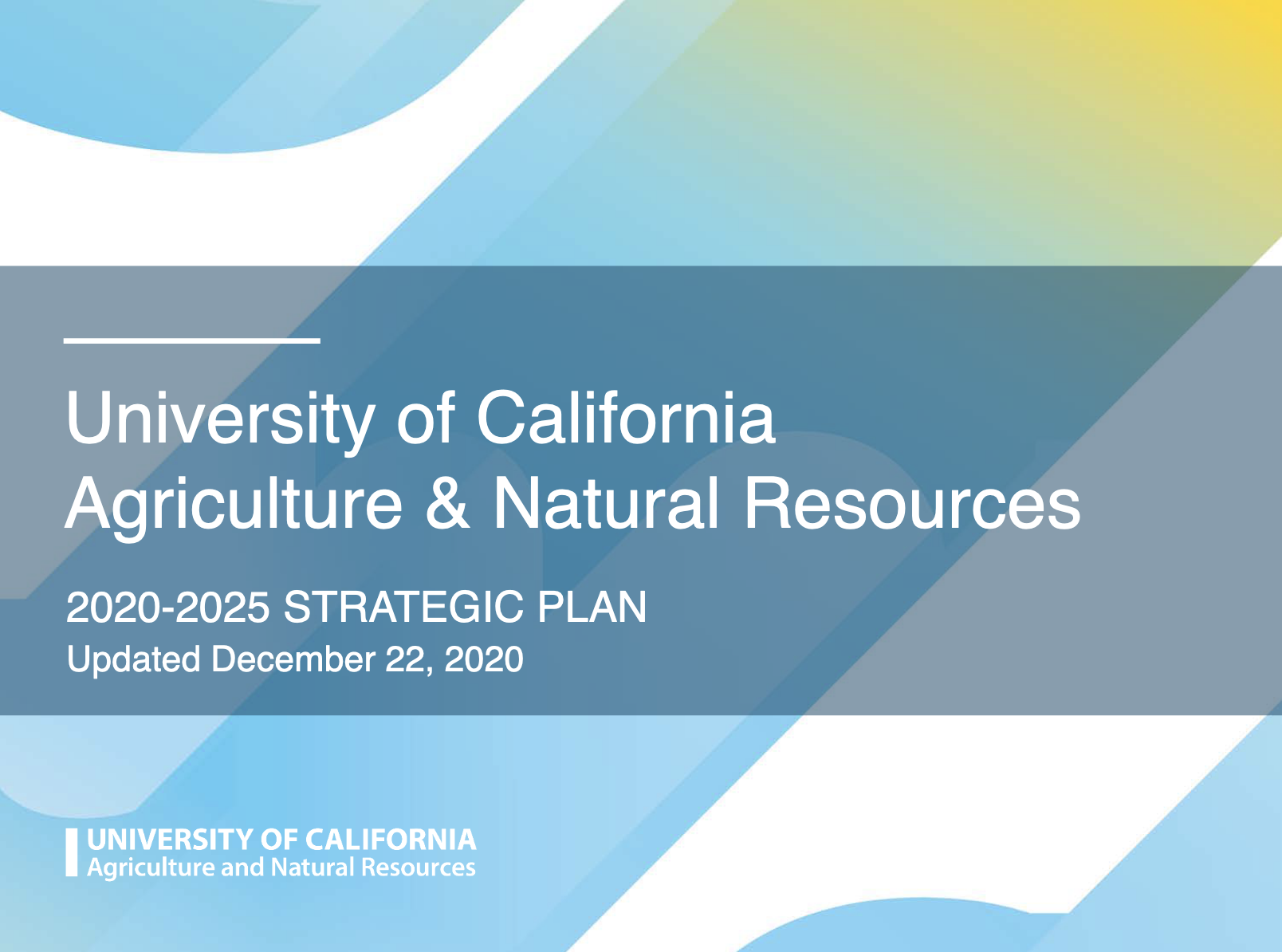UC Cooperative Extension | Agricultural Experiment Station
Good fire is back at the Hopland Research and Extension Center

Fire has been part of indigenous stewardship in California since time immemorial. These fire practices were deeply connected to cultural traditions, food ways, and enhanced the resilience of landscapes. Using fire for research and land management at...
UC Delivers
San Joaquin Valley farmers rely on handheld refractometers to determine fruit maturity. A refractometer measures the percentage of sugar (ºBrix) in juice, allowing a grower to estimate a harvest date for a particular variety or field of grapes, peaches or melons. Often a refractometer is purchased and used year after year without being properly maintained or calibrated at the beginning of each season. A lack of calibration prior to each use can give faulty readings, leading a grower to think a crop is ready to harvest, when in fact it may be days or weeks away. Commercial refractometer calibration test kits are expensive and growers rarely purchase them. Additionally, the improper care and/or storage of refractometers will contribute to inaccurate readings. Proper calibration, use and maintenance of a refractometer will improve the accuracy and utility of sugar data in determining fruit maturity.
Read about: Refractometer calibration test kit developed | View Other Stories







